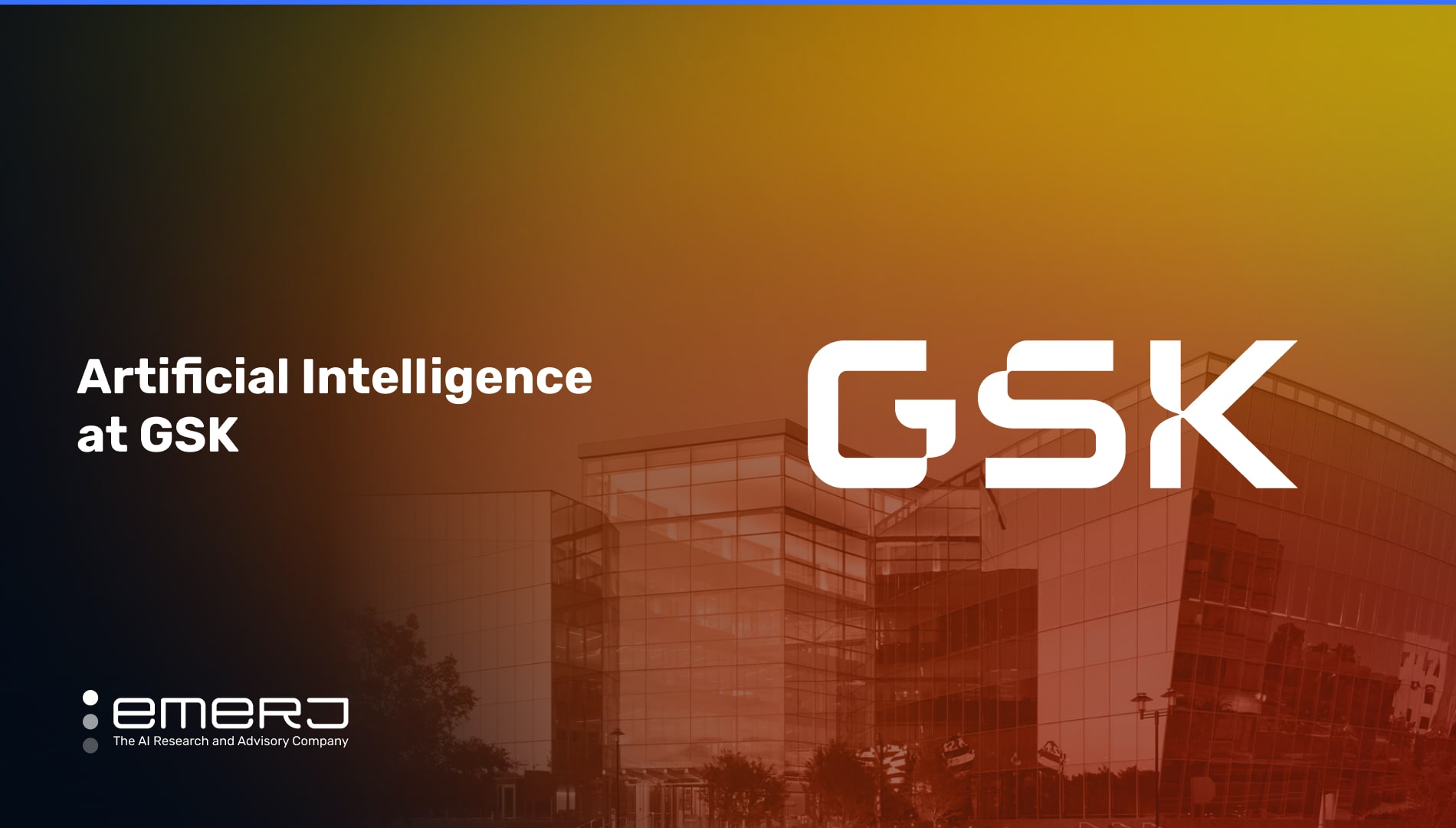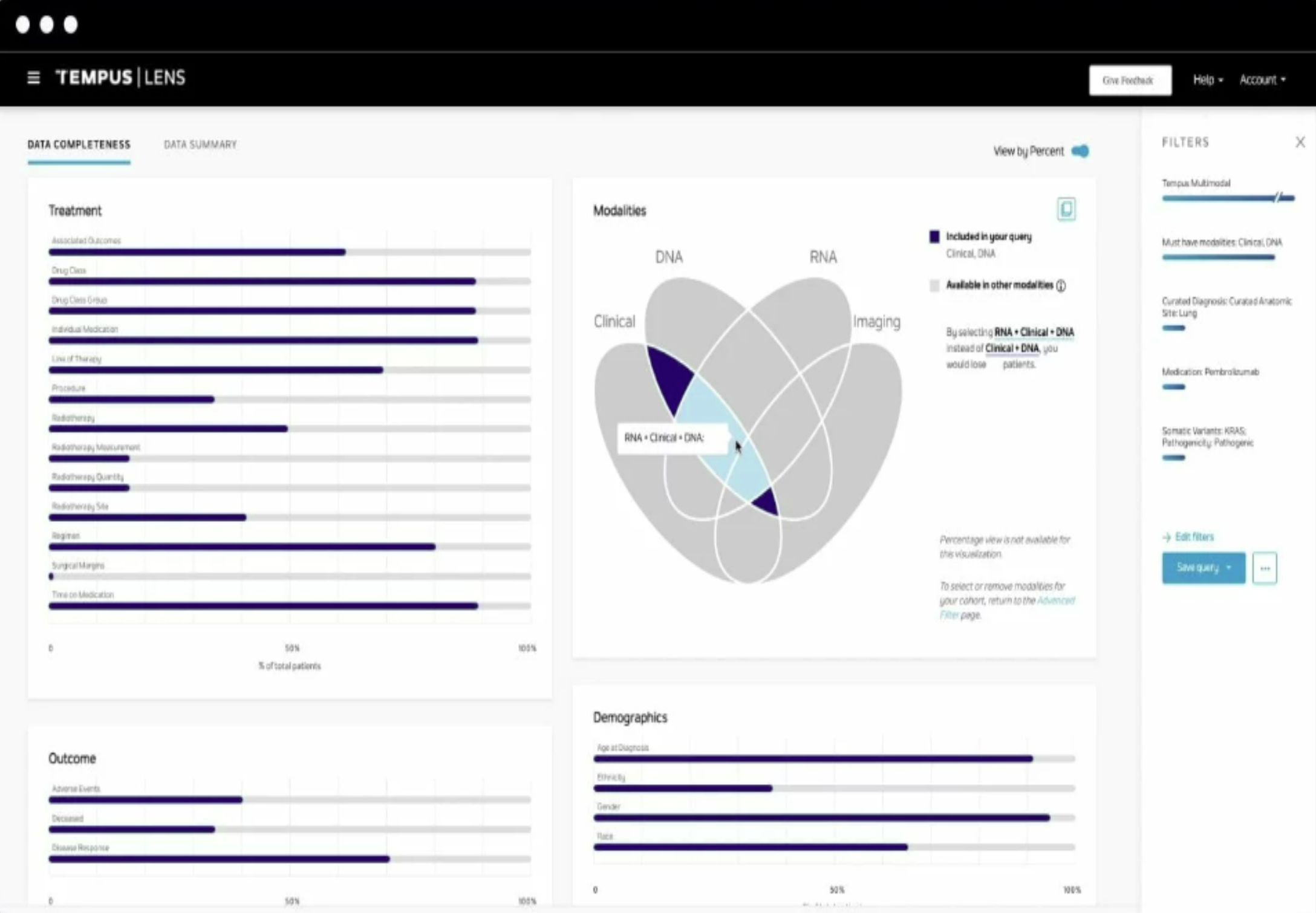GlaxoSmithKline (GSK) is a multinational pharmaceutical company headquartered in Brentford, UK. The company operates in over 150 countries. GSK offers a wide range of pharmaceutical products, vaccines, and consumer healthcare products, including over-the-counter medications, oral care and nutritional products.
According to the company’s annual report [pdf], GSK generated £29.3 billion in revenue, reflecting a 28% increase over 2021. The company employs approximately 70,000 people.
This article examines two use cases that are particularly relevant to pharmaceutical executives:
- Genetic targeting in drug development: Leveraging machine learning to focus on genetic targets, saving a significant amount of time, costs, and labor allocation in the drug development process.
- Biomarker data analysis: AI and machine learning to analyze complex biomarker data for opportunities to improve clinical design, speed up patient enrollment and accelerate drug production.
The first part of the article will analyze GSK’s use of AI and machine learning in genetic targeting.
Use Case #1: Genetic Targeting
Like other pharma companies, GSK aims to shorten its length and expensive drug discovery and development processes. According to a study published in Nature, the average cost of drug development in 2018 was $1.3 billion (approximately $1.42 billion in 2023 dollars).
Fewer drug companies are opting for a less targeted approach, in which scientists and researchers glean and screen a vast number of compounds from scientific and genetic literature to identify targets. Aside from being more expensive and time-consuming, this approach has been found to be less effective.
The traditional way of manufacturing in the pharmaceutical industry is still used occasionally due to the importance of GMP and SOPs, according to an article by the International Society of Pharmaceutical Engineering (ISPE); however, the industry seems to be moving away from this method.
Screenshot of a chart depicting the AI/ML-driven Drug Discovery Cycle at GSK. (Source: Cerebras Systems)
We can not find specific details on the workflow of GSK’s AI-enabled genetic targeting process. Still, we can assume, based on the job descriptions for AI and machine learning researchers posted by the company, that it involves:
- Collecting large amounts of genetic data, such as DNA sequences, gene expression data, and other relevant information.
- Preprocessing and cleaning the data to ensure that it is accurate and consistent.
- Using AI and machine learning algorithms to analyze the data and identify patterns or genetic targets for drug development.
- Validating the results of the AI algorithms through experimental testing and analysis.
In terms of end-user experience, it’s plausible that GSK researchers and scientists can dedicate more time to actively designing and testing potential drugs and much less time manually searching for genetic targets.
As for business outcomes, we must note that AI and machine learning are still in the early stages of significantly impacting drug discovery rates or speed, as it will take time before their impacts can be fully realized and quantified.
However, GSK reports that more than 70% of its programs and research targets in its drug pipeline have been validated (found to be effective and reliable) with the help of AI and machine learning, with the objective to increase this number by 20%.
In the future, pipeline success may also produce measurable business results, including:
- More medicines and vaccines moved to market
- Reduced costs
- Increased revenue and market share
Use Case #2: Analyzing Biomarker Data
According to a study published in Contemporary Clinical Trials, Manual analysis of clinical and molecular data is inefficient, time-consuming, and expensive. GSK is addressing this issue by using AI and machine learning to analyze complex biomarker data.
Biomarkers are measurable indicators of the severity or presence of some disease state. More specifically, they are often used to measure the progress of disease or the effects of treatment. By analyzing these biomarkers, GSK aims to improve clinical design, speed up patient enrollment, and accelerate drug production.
In 2020, GSK reportedly partnered with Tempus, a technology company known for its extensive cancer database. Tempus offers AI-enabled platforms that provide clinicians and researchers with access to vast genomic and patient data.
It is not made clear in the case study documentation which Tempus data analysis platform GSK is using. Given GSK’s goals of enhancing clinical design, speeding up patient enrollment, and strengthening clinical design, it’s likely that the company is the ‘Lens’ platform. Lens provides:
- Extensive molecular profiling
- Access to a large library of clinical and molecular data
- A built-in data analysis tool in one package.
Per a Harvard article, both Lens takes in extensive patient data, including electronic health records, genomic data, imaging data, molecular profiling data, and more. The platform conducts analysis across vast datasets to provide insights across the development spectrum.
A short YouTube video shows some of the UI of the Lens product. Tempus cites four seemingly primary functions of the Lens platform:
- “Rapidly define complex cohorts,”
- “Profile large multimodal datasets,”
- “Explore clinical and molecular patterns,”
- and “Seamlessly transition to deeper analysis.”
Screenshots show that the user can filter records by:
- Cancer diagnosis
- Demographics assessments
- Tempus NGS (a “next-generation sequencing technology”)
- Curated molecules
- Treatment
- Outcome.
Advanced filters include modality (Clinical, DNA, RMA, Imaging), primary diagnosis, disease state, proteins detected, and genetic mutations/changes.
Simple charts and data visualizations show vital data such as:
- Patient treatment (e.g., drugs, surgery, etc.)
- Outcome (adverse events, deceased, and disease response)
- Molecular images
A data summary tab shows potential valuable data such as:
- Drug class group (for drug patients)
- Line of therapy
- Variant genes
- Age and gender
- Additional filters
Screenshot of patient treatment visualizations in the Tempus Lens platform. (Source: Tempus)
Users can analyze data within the Lens ecosystem using a combination of open-source and purpose-built Tempus visual analysis tools or a cloud-based data science environment. Analyses that can be performed include demographic representation, co-mutations, somatic variant frequency, and prevalent treatment regimens.
Screenshot of the Python notebook dashboard in the Tempus Lens platform. (Source: Tempus)
Regarding business results, we may logically deduce that GSK is recognizing significant business value from its partnership with Tempus.
We base this deduction on three essential facts about a critical oncological drug, Zejula:
- According to its 2022 annual report [pdf], sales of Zejula (niraparib) reached 463 million pounds (~ 561.5 million USD).
- The primary source of data used in its study of Zejula originated from Tempus’ dataset.
- Tempus sponsored a study further evaluating the efficacy and safety of niraparib.
While this does not definitively prove that the partnership has been profitable, the fact that GSK paid an additional $70 million to expand access to patient data just a few months into 2022 is further evidence that the partnership is profitable for both.






















